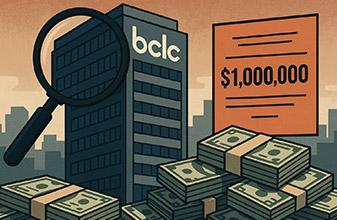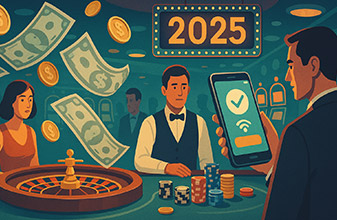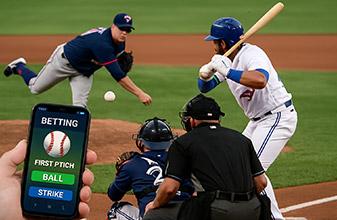So I came across some literature that some pro blackjack players use the "Let it ride" strategy. This is I guess where if they win their first bet (1 unit) they "let it ride" and bet (2 units) the next hand. If they win this hand then they go back to their original bet of 1 unit for their third hand. Now lets say under the conditions that we are playing at a $5 table, and that this player is flat betting $5. Typically I've read 48% of the times the dealer wins, 44% the player wins, and 8% are pushes. Now lets examine 100 outcomes of the "let it ride hand". If a player wins his first hand for $5 and loses his next hand for $10, his net loss is -$5 for those two hands. Now if the player wins his first hand for $5 and wins his next hand for $10, his net gain for those two hands is $15. So lets say that 100 hands were played out, theoretically if he loses 48% (loss of $240 (48 x -$5) and wins 44% of the time (gain of $660 (44 x 15) and pushes the rest, it would seem that a positive expectation of $420 exists (granted there will be some standard deviation). So if this is the case, would it not be in the interest of card counters to "Let it ride", well at least during the positive counts? Please correct me if I'm wrong, sorry if this sounds stupid (I'm not a math whiz). Thanks for your replies.










